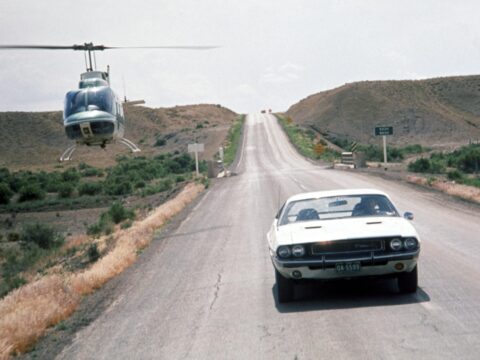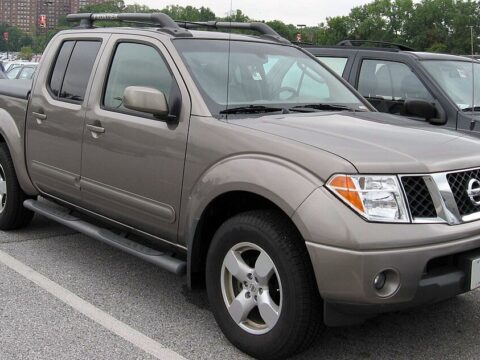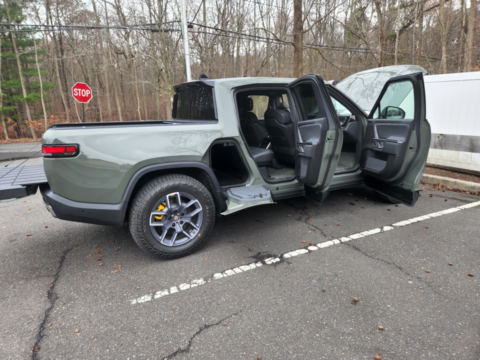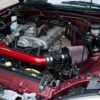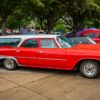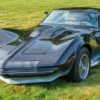The 2000s witnessed a surge of innovation and fierce competition in the automotive industry. Manufacturers introduced cutting-edge technologies and bold designs, aiming to capture the market’s attention. However, despite high expectations and significant investments, some vehicles failed spectacularly upon release, highlighting the challenges and risks inherent in the automotive world. This article explores these automotive missteps, examining the reasons behind their failures and the lessons they offer to manufacturers and designers alike.
Contents
Dodge Caliber (2006)
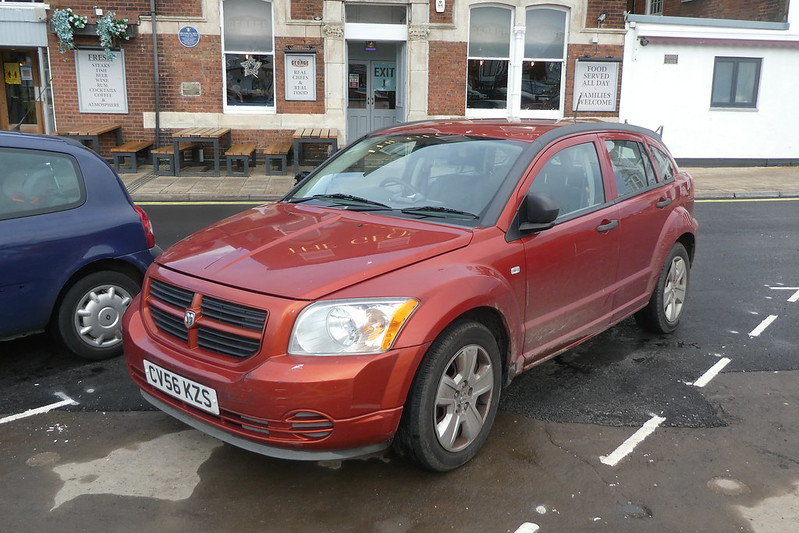
The Dodge Caliber was an attempt by Chrysler to create a compact car that stood out. Unfortunately, it missed the mark with its underwhelming performance and cheap interior materials. The vehicle’s poor handling and lackluster engine options made it uncompetitive in the market, leading to a significant drop in sales. Its unconventional styling also failed to resonate with consumers, making it a glaring example of market misjudgment.
Suzuki Kizashi (2010)
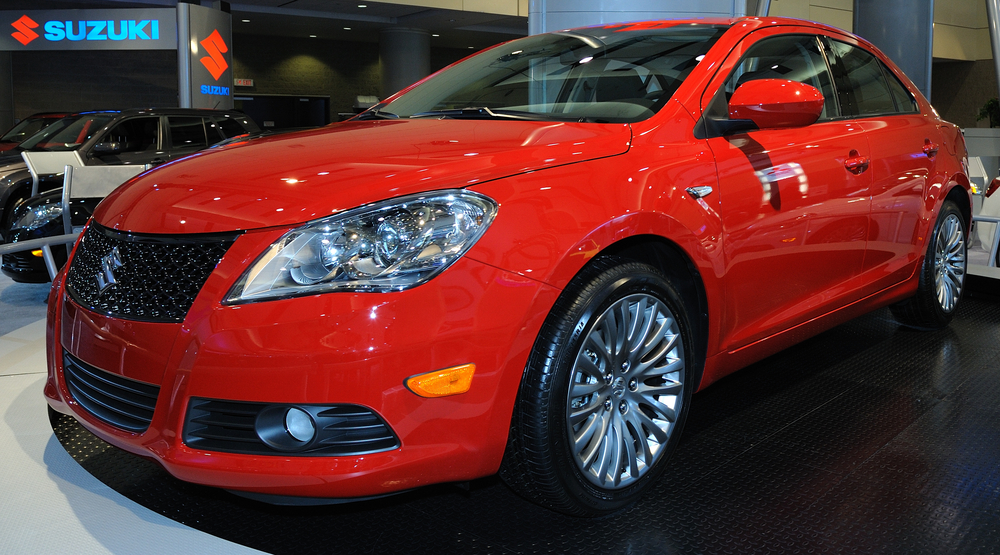
The Suzuki Kizashi was a well-engineered car that received positive reviews for its handling and build quality. However, it was launched at a time when Suzuki was struggling in the U.S. market, and the brand’s lack of recognition and weak dealer network hindered its success. The Kizashi’s failure to gain traction led to Suzuki’s exit from the American market.
Cadillac Catera (2000)
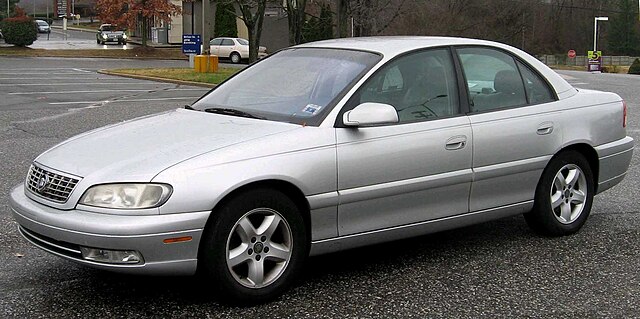
Marketed as “the Caddy that zigs,” the Cadillac Catera was supposed to bring a European flair to the American luxury brand. However, it suffered from reliability issues, bland styling, and a lack of performance. The marketing campaign was also confusing, failing to clearly communicate the car’s strengths. As a result, the Catera did not appeal to Cadillac’s traditional customer base or attract new buyers.
Bufori Geneva (2000s)
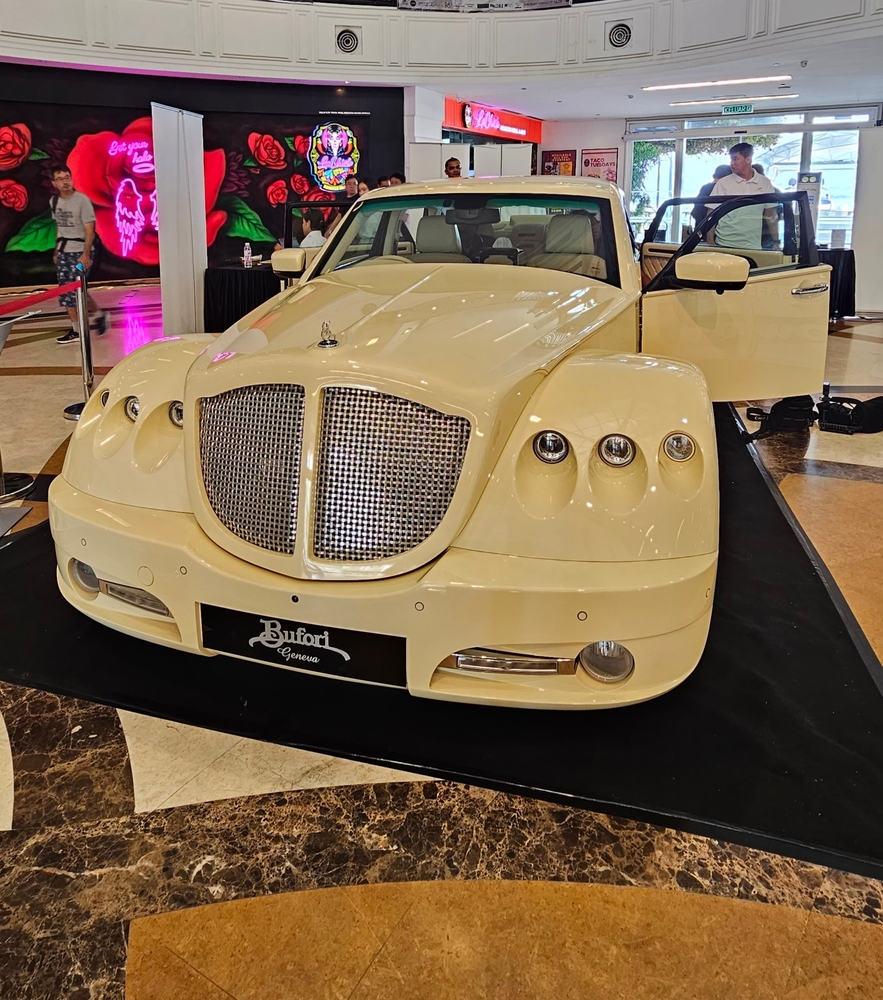
The Bufori Geneva, a hand-built luxury car from Malaysia, aimed to combine classic design with modern technology. Despite its noble aspirations, it struggled due to its exorbitant price and niche market appeal. The car’s retro styling didn’t resonate with contemporary tastes, and the brand lacked the heritage and recognition to command such a premium price, leading to its commercial failure.
Ford Thunderbird (2002)
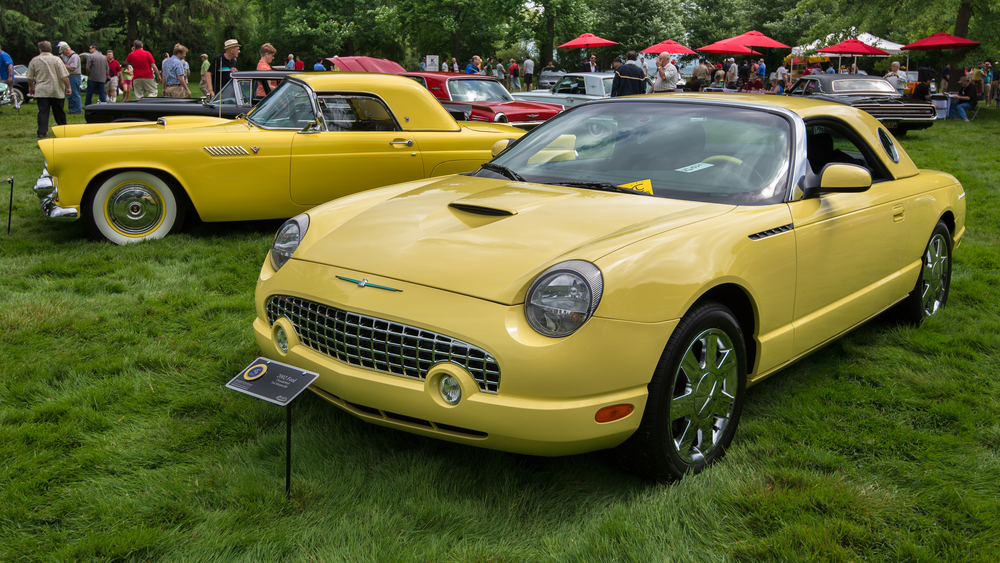
The reintroduction of the Ford Thunderbird in 2002 was intended to evoke nostalgia for the iconic model of the 1950s. However, the modern iteration was plagued by mediocre performance and an uninspiring design that failed to capture the original’s charm. Its high price and limited appeal further alienated potential buyers, resulting in disappointing sales and an early discontinuation.
Pontiac Aztek (2001)

The Pontiac Aztek is often cited as one of the ugliest cars ever made, and its launch was a disaster for General Motors. Despite being ahead of its time with features like a built-in tent and a cooler, its awkward design and poor build quality overshadowed these innovations. Aztek’s failure was so significant that it is frequently studied in business schools as a case of design and marketing gone wrong.
Fiat 124 Spider (2000s)
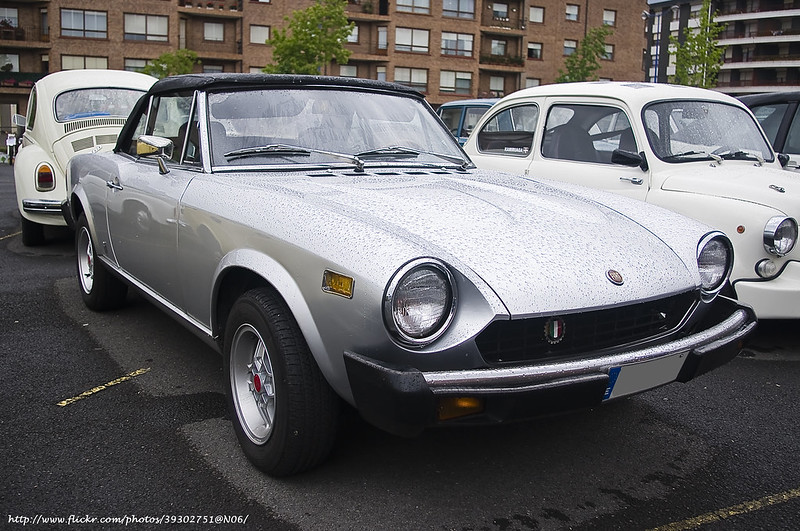
The Fiat 124 Spider was relaunched with high hopes, aiming to combine Italian styling with modern performance. Unfortunately, it fell short due to a lack of distinctive features and competition from more established models like the Mazda MX-5. Reliability issues and a cramped interior further detracted from its appeal, leading to underwhelming sales and a tarnished reputation.
Saturn Ion (2003)
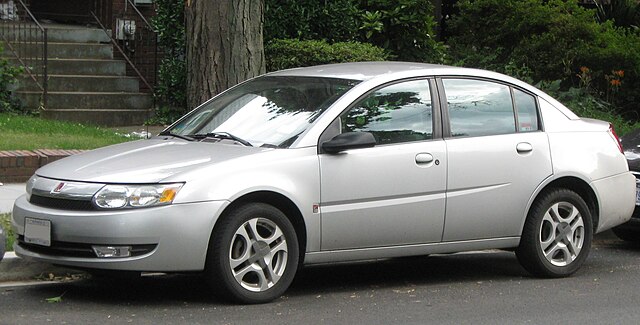
The Saturn Ion was meant to revitalize the Saturn brand, but it quickly became known for its cheap interior, uncomfortable seats, and poor driving dynamics. The bizarre center-mounted instrument cluster was widely disliked, and the car’s overall quality failed to meet consumer expectations. The Ion’s lack of competitiveness in a crowded market ultimately led to its discontinuation.
Subaru Levorg (2000s)
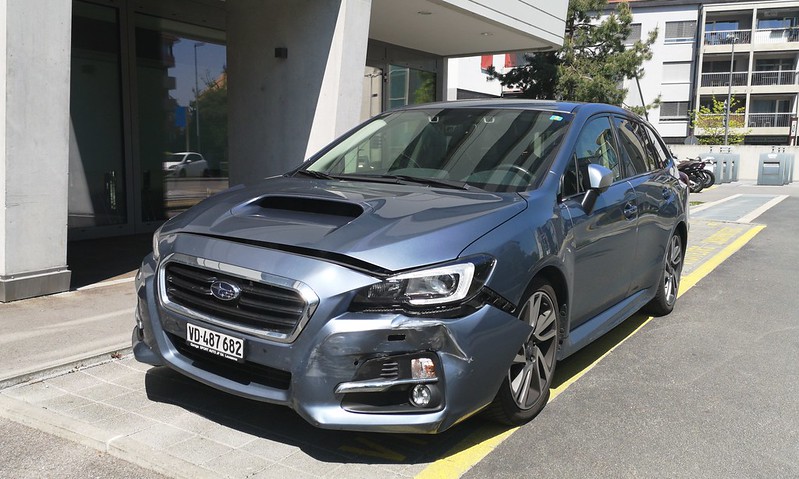
The Subaru Levorg, a combination of “Legacy,” “Revolution,” and “Touring,” aimed to blend sportiness with practicality. However, it was criticized for its bland styling, underwhelming performance, and lack of a clear identity. While it had a niche following, it failed to attract a broader audience, resulting in disappointing sales and limited market impact.
Chevrolet SSR (2003)

The Chevrolet SSR, a retro-styled pickup truck, suffered from a confused identity. It attempted to blend the elements of a sports car and a truck but ended up excelling at neither. Its high price, heavy weight, and limited practicality made it a tough sell. Despite its unique appearance, it failed to find a significant market, leading to its discontinuation after just a few years.
Lincoln Blackwood (2002)
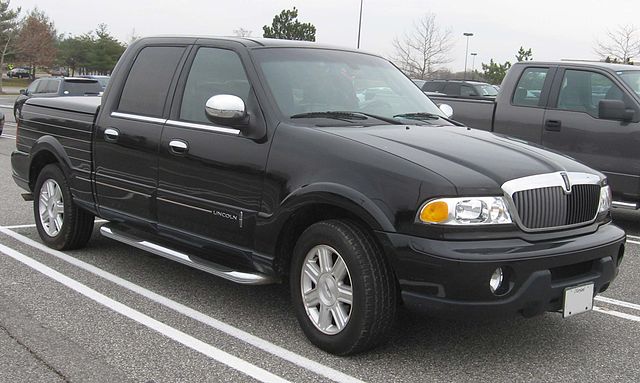
The Lincoln Blackwood was an attempt to create a luxury pickup truck, but it failed spectacularly. Its impractical design, including a non-functional bed with a carpeted floor, made it useless as a truck. Combined with its high price and limited appeal, the Blackwood was quickly discontinued after just one year on the market.
Jaguar X-Type (2001)
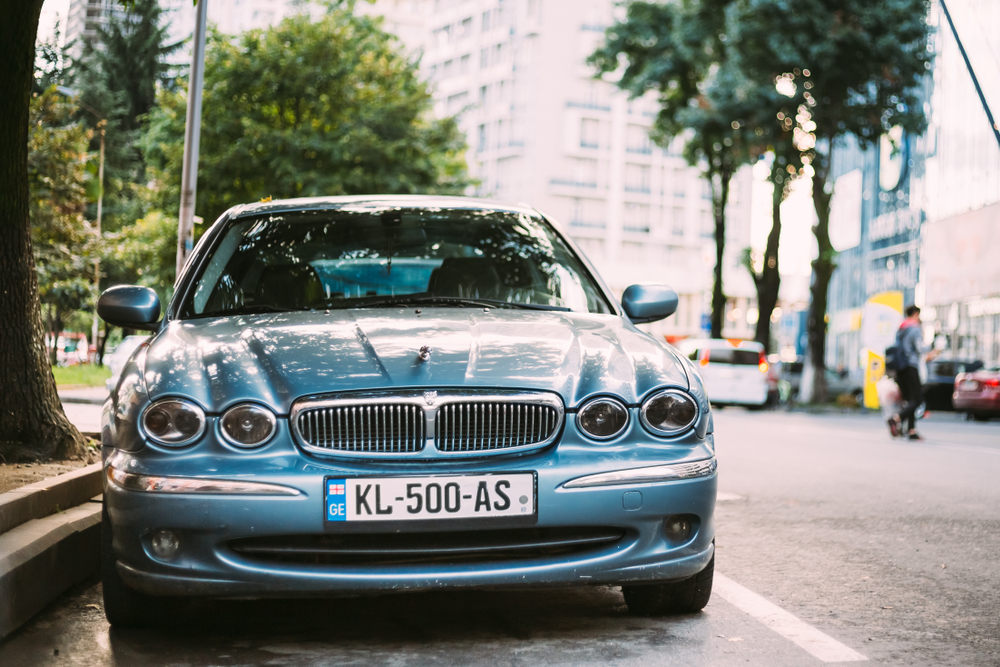
The Jaguar X-Type was intended to be Jaguar’s entry-level model to compete with the BMW 3 Series and Mercedes-Benz C-Class. However, it was based on the Ford Mondeo platform and lacked the refinement and performance expected of the Jaguar brand. The car’s quality issues and unimpressive driving experience led to poor sales and damaged Jaguar’s reputation.
Mitsubishi Eclipse (2006)

The fourth generation of the Mitsubishi Eclipse failed to live up to the sporty reputation of its predecessors. It was criticized for its heavy weight, poor handling, and lackluster performance. The car’s design did not appeal to enthusiasts, and it struggled to compete in a market with more capable sports cars, leading to its eventual discontinuation.
Chrysler Aspen (2007)
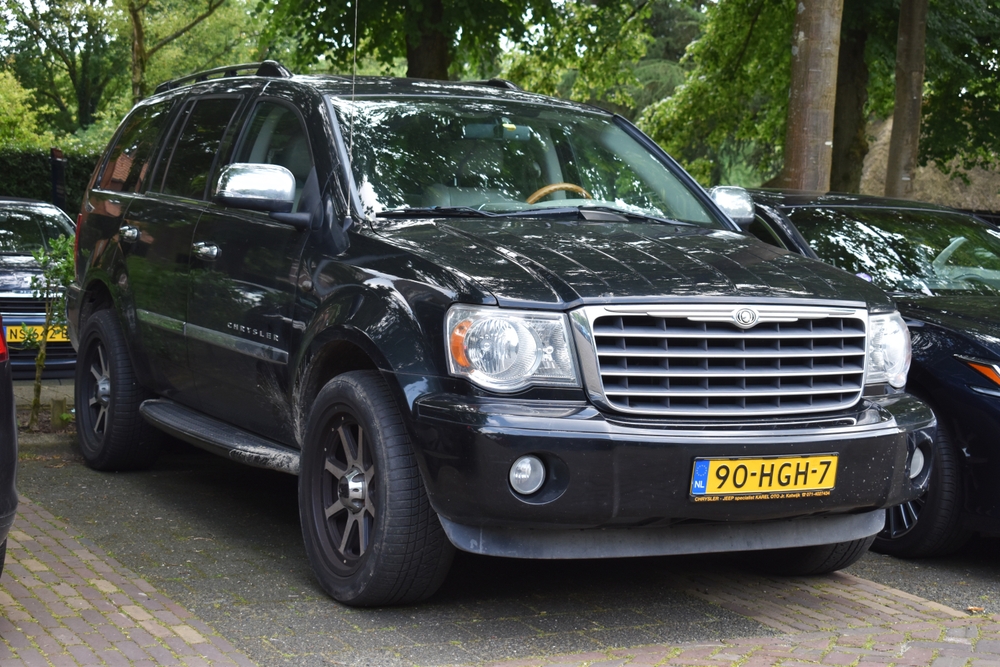
The Chrysler Aspen was a rebadged Dodge Durango with few distinguishing features. It entered the market when fuel prices were high, and large SUVs were falling out of favor. The Aspen’s poor fuel economy, bland styling, and lack of unique selling points contributed to its quick demise.
Volkswagen Phaeton (2002)
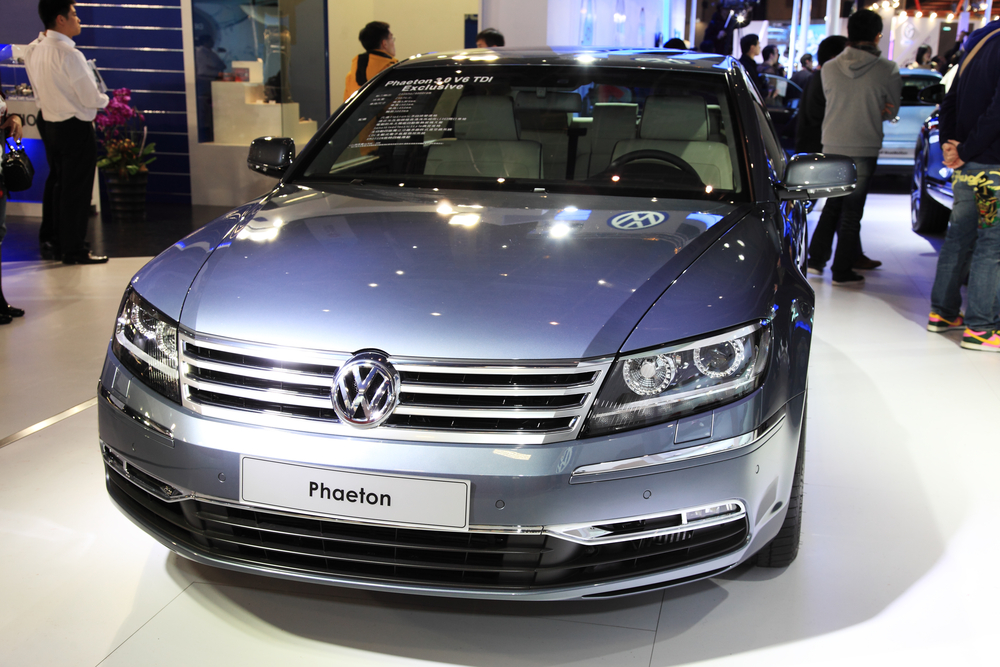
The Volkswagen Phaeton was an ambitious attempt to enter the luxury car market. While it was technologically advanced and well-built, it struggled to justify its high price tag under the Volkswagen brand. Consumers were unwilling to pay luxury car prices for a brand known for more affordable vehicles, leading to disappointing sales.
This article originally appeared on MyCarMakesNoise.
More from MyCarMakesNoise
Top 21 Cars Ever Equipped with Iconic V12 Power
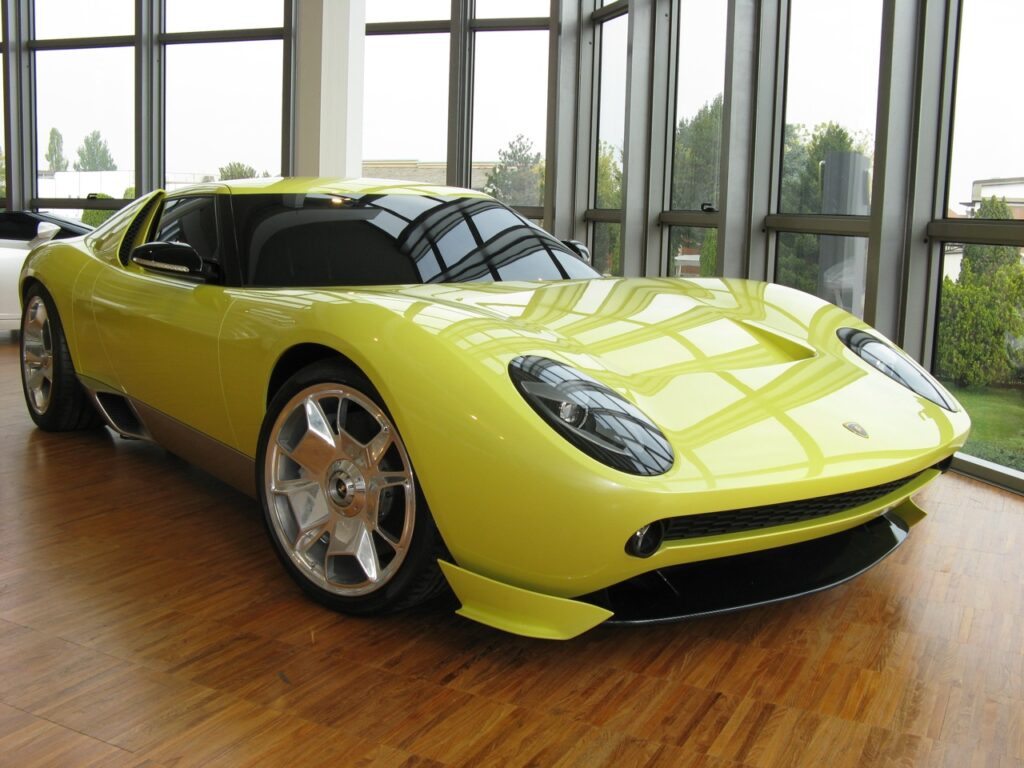
V12 engines are renowned for their power, smoothness, and performance. Some of the best cars in automotive history have been fitted with these impressive engines. Read More.
The 21 Most Unforgettable Mopars Ever to Hit the Streets
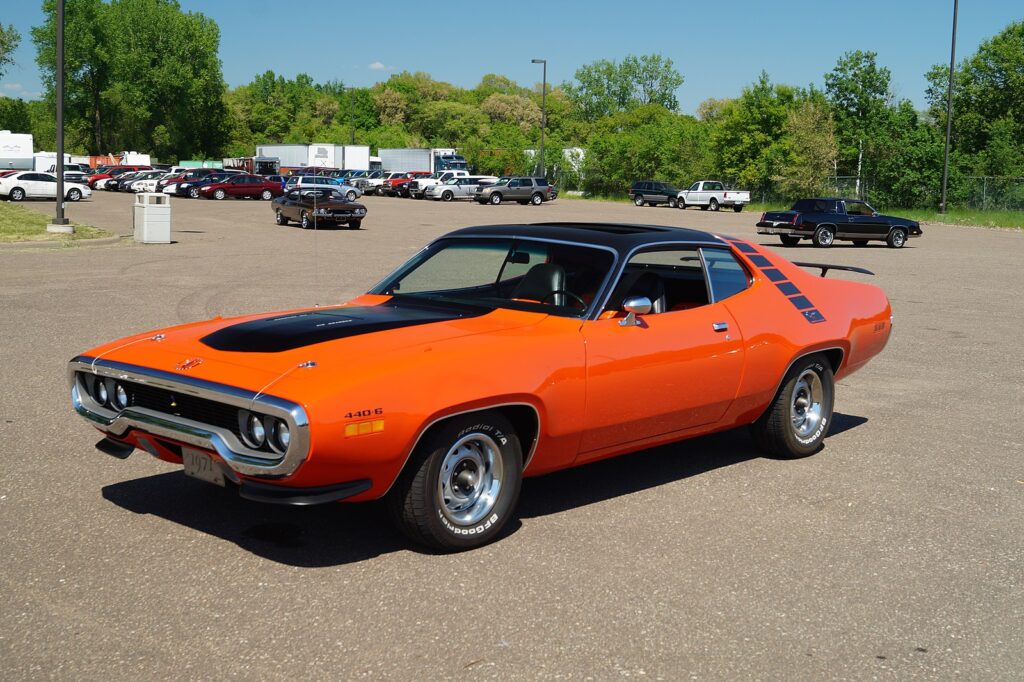
Mopar has produced some of the most iconic and powerful cars in automotive history. Known for their performance, design, and innovation, these vehicles have left a lasting legacy. Read More.
Ducati’s 22 Legendary Superbikes and Their Championship Triumphs
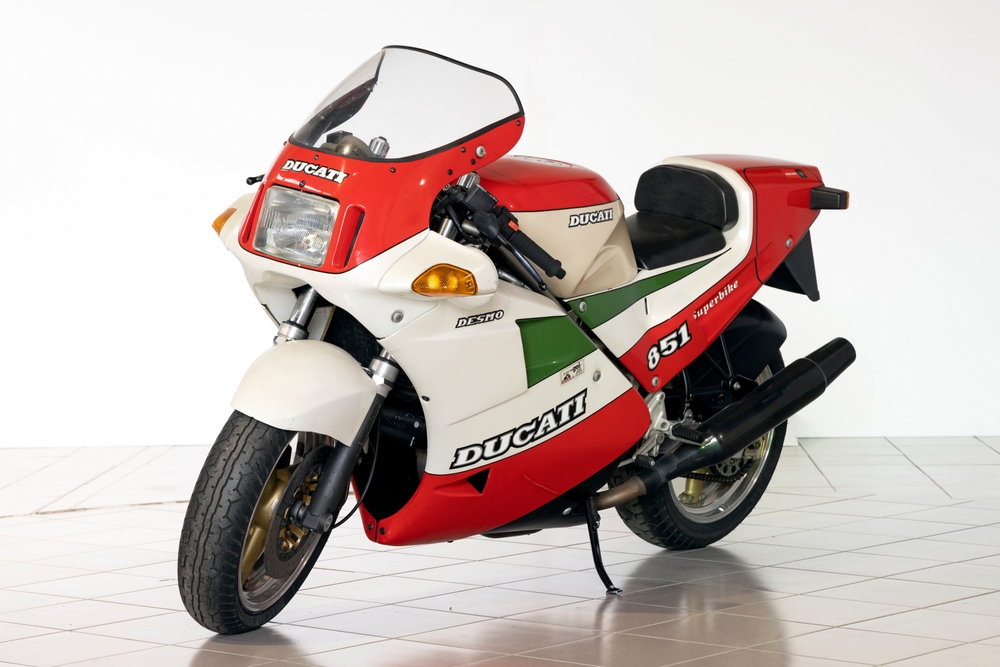
Ducati has long been a name synonymous with speed, power, and racing excellence. Over the years, their superbikes have not only pushed the boundaries of performance but have also claimed numerous championship titles. Read More.


